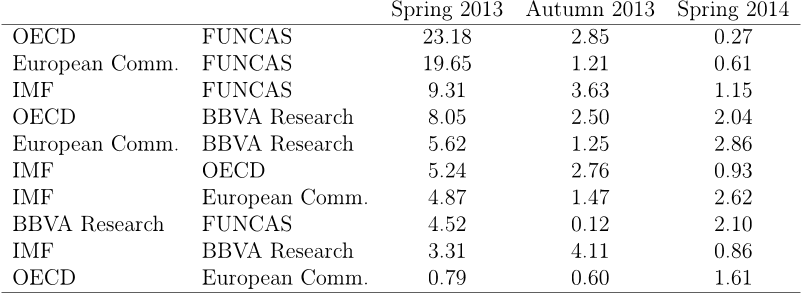Abstract: Innovative methodology for measuring consensus based on the Pearson correlation coefficient is proposed.Experts express their opinions on alternatives or issues by means of reciprocal preference relations.We provide interesting properties for the new consensus measure proposed.An illustrative example with discussion is presented. The achievement of a 'consensual' solution in a group decision making problem depends on experts' ideas, principles, knowledge, experience, etc. The measurement of consensus has been widely studied from the point of view of different research areas, and consequently different consensus measures have been formulated, although a common characteristic of most of them is that they are driven by the implementation of either distance or similarity functions. In the present work though, and within the framework of experts' opinions modelled via reciprocal preference relations, a different approach to the measurement of consensus based on the Pearson correlation coefficient is studied. The new correlation consensus degree measures the concordance between the intensities of preference for pairs of alternatives as expressed by the experts. Although a detailed study of the formal properties of the new correlation consensus degree shows that it verifies important properties that are common either to distance or to similarity functions between intensities of preferences, it is also proved that it is different to traditional consensus measures. In order to emphasise novelty, two applications of the proposed methodology are also included. The first one is used to illustrate the computation process and discussion of the results, while the second one covers a real life application that makes use of data from Clinical Decision-Making.








